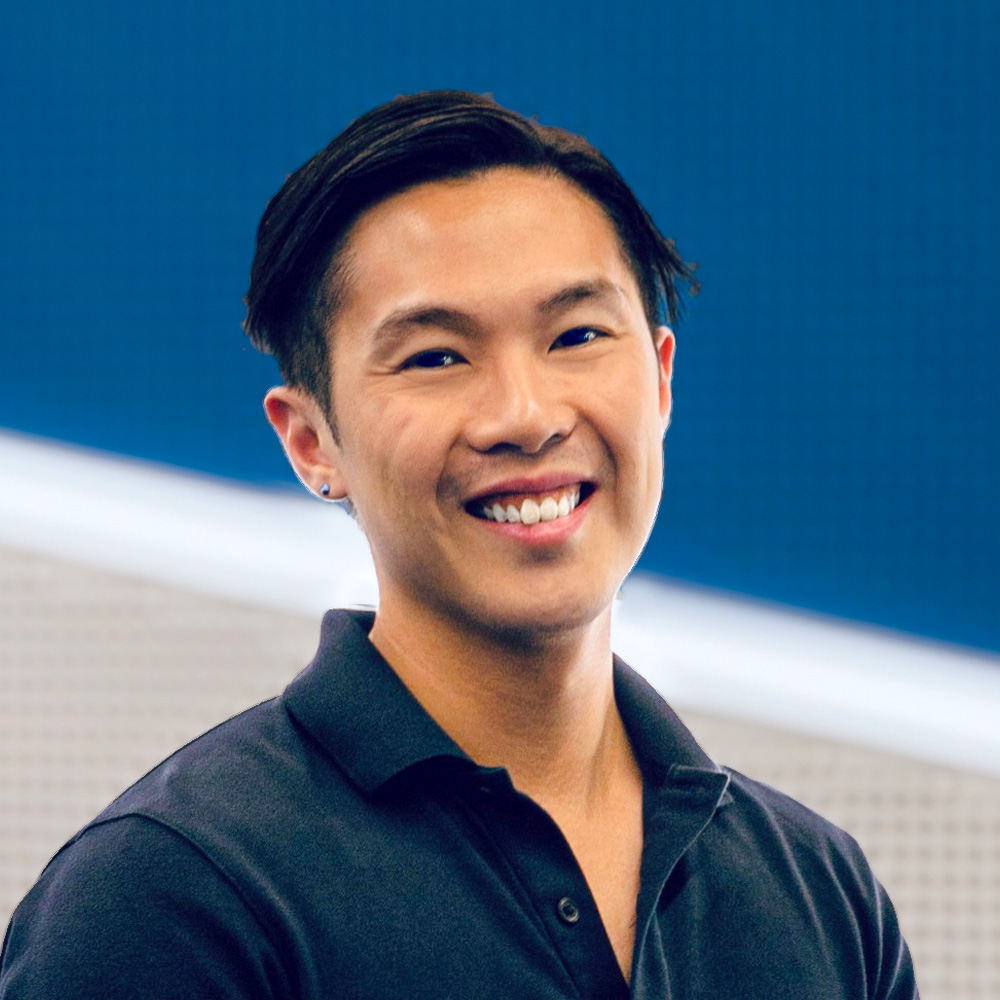Happy Good Friday!
When generative AI burst onto the scene in 2022/23, the energy was electric but also a little speculative. What could it do? Would it automate us? Make us superhuman? Or just distract us with synthetic fluff?
Now, in 2025, we have clearer answers. GenAI hasn’t replaced creativity or thinking. It’s reorganised them.
I recently read this article by Marc Zao-Sanders in Harvard Business Review, and it gave language to what many of us are already sensing: generative AI has quietly become infrastructure. It’s not just something we try for fun. It’s how we work. GenAI is ambient, often invisible, and surprisingly practical.
Here’s what that looks like in real life and why it matters to how we design, teach, and lead with emerging technologies.
Less spectacle and more support
In the early GenAI days, most of us used the tools with a mix of awe and caution. Remember when just getting ChatGPT to write a semi-decent poem felt like a breakthrough? Fast-forward to now, and the excitement has matured into something quieter but more powerful: routine integration.
Across industries, people are using GenAI to accelerate, structure, and refine their work. Zao-Sanders highlights a few key examples:
- Managers saving nearly three hours per week by offloading writing and reporting tasks.
- Financial analysts using GenAI for initial summaries and modelling before applying human judgment
- Lawyers drafting contracts with AI-generated templates as a first pass
- Teachers using GenAI to personalise lesson plans and translate resources into more accessible formats
What strikes me most is how much this resonates with what I see in design education. Students don’t call it “using GenAI.” They say things like:
- “I needed to write a case study, so I had ChatGPT help me organise my thoughts.”
- “I couldn’t figure out how to word this interface prompt, so I asked the AI for five variations.”
- “I used Midjourney to generate rough moodboards, not final designs, just to explore directions faster.”
None of this is flashy. But it’s deeply embedded. GenAI is becoming like Figma or Google Docs — part of the toolkit, not the headline.
AI is reshaping what matters in design work
So what happens when AI takes care of the formatting, the outlining, the image resizing, the first draft? What’s left? More interesting work. But also more pressure to do the human parts well. This is the real shift. GenAI is not replacing work; it’s rearranging it.
When AI does more of the routine, we’re left with tasks that are, ambiguous, interpersonal, judgment-based, and emotionally or ethically complex.
That means new demands. Not just technical fluency, but:
- Prompt literacy: not just how to write good prompts, but how to frame good problems
- Critical sense-making: knowing when to trust the model, when to override, and when to dig deeper
- Creative synthesis: combining AI output with lived experience, intuition, and taste
- Ethical awareness: being able to spot bias, ask “why this suggestion?”, and design responsibly
These are soft skills with hard consequences especially in design. We’re not just making stuff faster. We’re changing who does the thinking, and how that thinking is shaped. In teaching, this shift is already rippling. Educators are now having to:
- Rethink assignments: if AI can write the essay, what’s the real learning outcome?
- Teach critique as a core design skill: not just what you made, but why this?
- Help students become co-creators with AI, not just passive recipients
Design education needs to catch up, and not panic
The worst thing we can do is assume “AI fluency” means everyone needs to become a prompt engineer or an AI ethicist. What we do need is better scaffolding:
- How to use GenAI as a thinking partner
- How to collaborate across human + machine capabilities
- How to critique and iterate in mixed-human-AI workflows
- How to stay aware of what’s being lost or flattened in the process
This isn’t a GenAI course. It’s just design education, updated. In practice, that might mean:
- Embedding GenAI into studio projects, not as a special module but as an optional material
- Encouraging students to document their AI interactions as part of their design process
- Prompting reflections like: What did the AI help you see? What did it miss?
So where does that leave us?
GenAI is here. Not as a saviour, not as a threat, but as a set of tools that change what good work looks like.
In 2025, being “good at GenAI” doesn’t mean using every feature. It means being curious, reflective, and adaptive.
How are you using GenAI differently this year? What has surprised you, or challenged you, in your own workflow or classroom?

